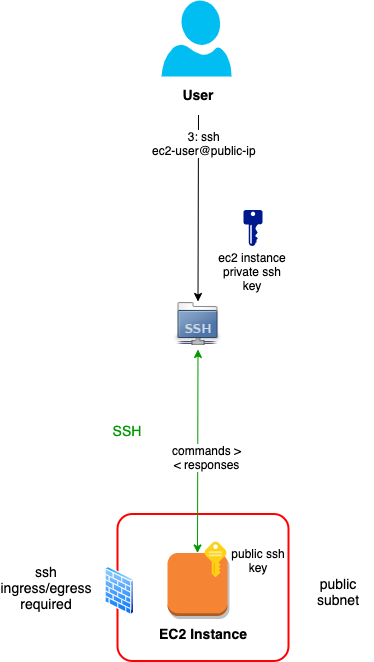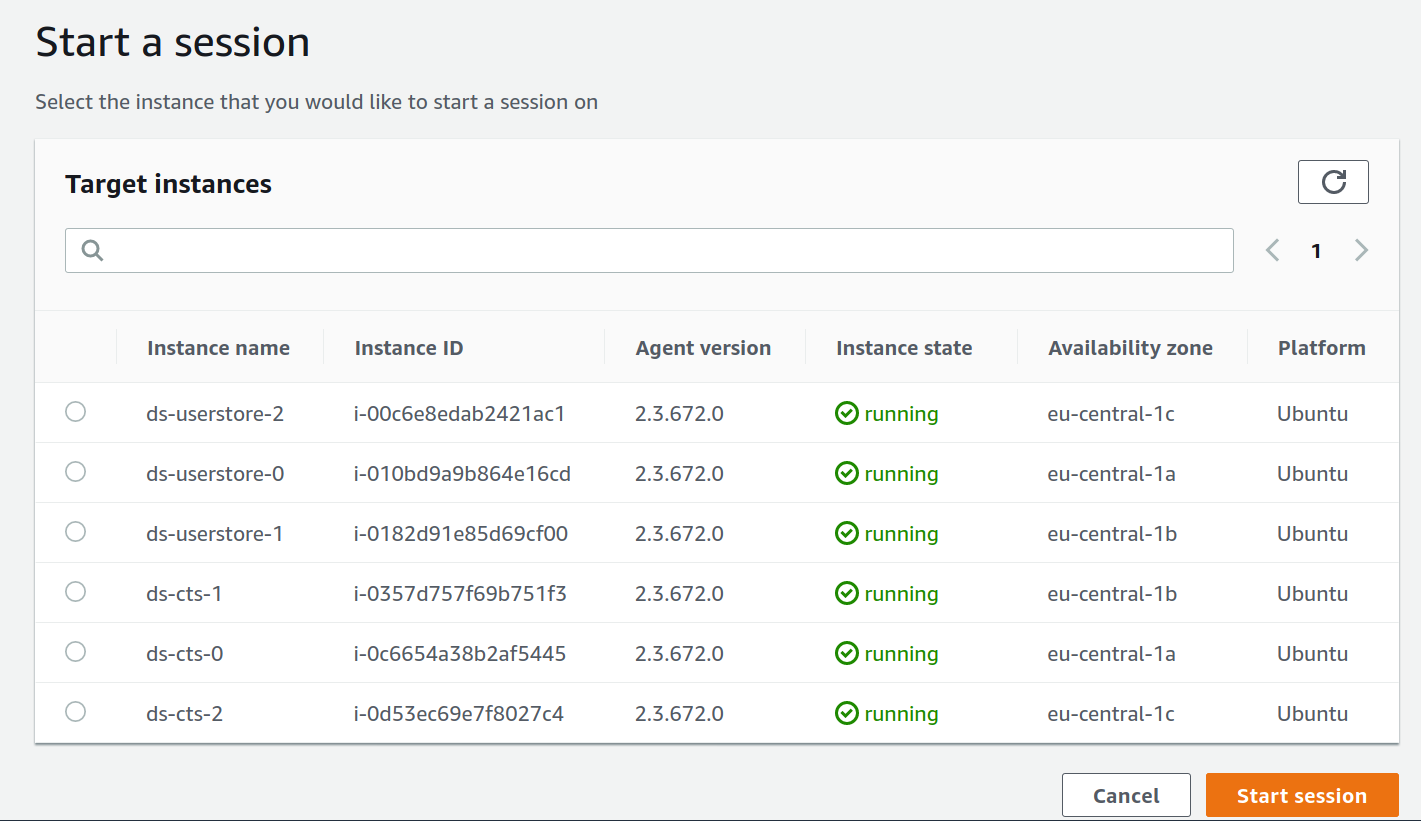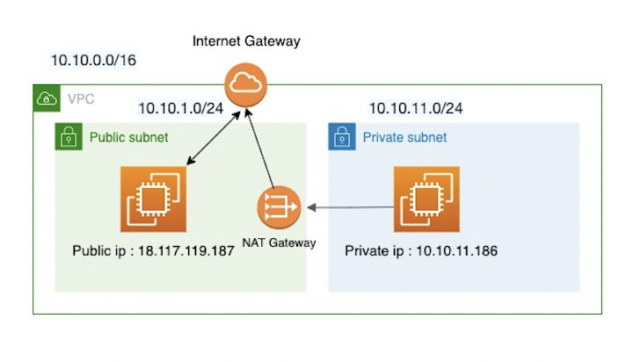
To get access to the ec2-user account (the default account used on most EC2 instances running macOS or Linux), you’ll need to switch accounts. Note: The active user at this point is the Systems Manager agent’s user account, which is ssm-user.

In the Connect to instance window, select the Session Manager tab then click the Connect button. Verify that the Systems Manager agent is installed and configured properly.Ĥ. To access EC2 instances via Session Manager, please use the procedure shown below:ġ. For more details, please see below the jump. In fact, Session Manager allows remote access to EC2 instances which have security groups configured to allow no inbound access at all.


Session Manager uses the Systems Manager agent to provide secure remote access to the Mac’s command line interface without needing to change security groups and allow SSH access to the instance. However, in addition to using SSH to connect to EC2 instances in AWS, it is also possible to connect remotely via Session Manager, one of the services provided by AWS’s Systems Manager tool. I set a timestamp to skip the theory part that you've just read, so you can go straight to action:ĭon't forget to subscribe to our channel and if you need help with leveraging public cloud or defining your hybrid cloud strategy, reach out to us by writing an email to or check out our business offerings.When folks have needed command line access to instances running in Amazon Web Service’s EC2 service, SSH has been the usual method used.
Aws session manager how to#
This allows you to foster your hybrid cloud strategy by centralizing the management of all of your workloads in a central, managed space.įor the live demo of how to connect bare metal server outside of the AWS to the AWS Session Manager and collect all the session logs to CloudWatch Logs, check out my video. The more interesting use case is to open sessions to your on-premise servers or servers that you run inside other Cloud Providers. You can shut down all the bastion hosts and instantly save some money that you spent on running them.īut using Session Manager for EC2 is rather boring.
Aws session manager free#
The really amazing part of the Session Manager is that you can use it completely free for your EC2 machines. As a matter of fact, you don't even need to use bastion hosts anymore, all the connections happen over the secure channel between Amazon SSM Agent and AWS data centre.Īs you can imagine, Session Manager integrates really nicely with AWS IAM, CloudWatch and many other services. With Session Manager, you don't need to manage any bastion hosts. This tool was created to solve all of the bastion host challenges mentioned above. You can automate patching, use simple and secure key-value storage for parameters, run various scripts with popular configuration management tools and so on.īut in this guide, I will talk about AWS Session Manager, a cost-effective, convenient, secure and audit-able way to access your EC2 and on-premise servers. It's not just a single tool, but rather a collection of various utilities, that you can use independently of each other. What is AWS Session Manager?ĪWS Systems Manager is a service for managing your cloud and on-premise workloads. Let's take AWS Session Manager for example. While having a bastion host is a totally valid approach, we should always be open for new approaches and technologies, especially when we move our workloads to the cloud. You either need to integrate it with central identity management or automate the management of authorized SSH keys by some other means. You also need to control who can access which machines over those bastions and you also need to log which commands are executed on the machines during SSH sessions for simple audit and debugging purposes. Besides that, you normally want to have more than one bastion host, with different network and user access.īut bastion host management is only half of the problem. And if it's compromised, then you are in real trouble. If your bastion host is unavailable, then you can not access your machines easily. The problem with the bastion host is that you have to maintain it, harden it and make sure access to it is under control. Still, we do not live in a perfect world, and every now and then you have to log in to the server and fix things.

It's not something you are supposed to do too often, because most of the system configuration and maintenance must happen automatically.
Aws session manager manual#
Normally, you would have a bastion host to connect to your servers to do some manual operations tasks.


 0 kommentar(er)
0 kommentar(er)
